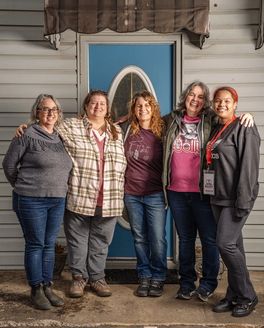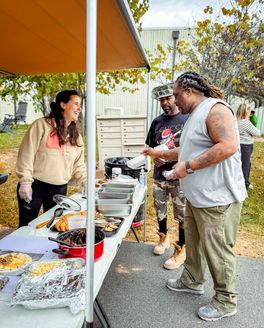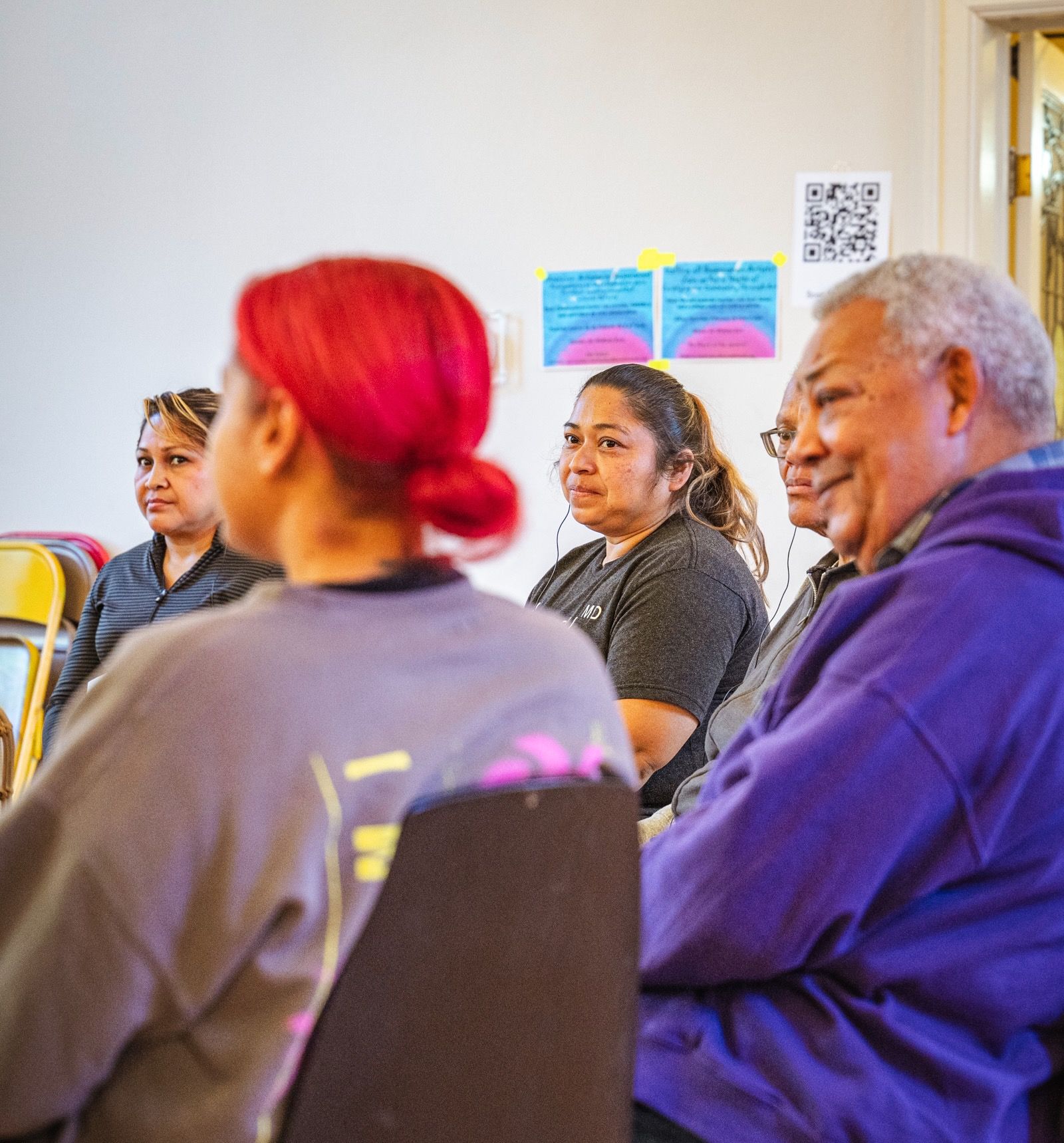
Building a Shared Future
Based in the Swannanoa Valley just 15 miles east of Asheville, Swannanoa Communities Together (SCT) is a grassroots organization formed by neighbors in the direct aftermath of Hurricane Helene.
Through listening and responding to community voices and treating each other with respect and dignity, SCT is writing the story of Swannanoa’s future and working together to create a place where everyone is included, valued, and cared for.
In our conversation, SCT details the housing crisis facing the region post-Helene, their plans to support each other through the challenges of a post-disaster landscape, and how you can help.
Can you tell us about your community in Swannanoa and what the region experienced?
Swannanoa is a rural, mountain community where there are many different neighborhoods and communities stretched like a patchwork quilt through a river valley. It is an unincorporated area where there is more affordable housing than other parts of the Asheville area, including apartments, mobile homes, and multigenerational households. And a lot less infrastructure. It is a place where a lot of different kinds of people live: working class people, immigrant families, farmers, artists, musicians, college students, restaurant and brewery workers, and Black and white Appalachians with roots going back generations.
After the multiple disasters that resulted from Hurricane Helene - over 2,000 landslides, massive flooding that destroyed thousands of homes and businesses, and hurricane winds whipping through wooded areas and tree-filled residential neighborhoods, many of our neighborhoods and communities were devastated.
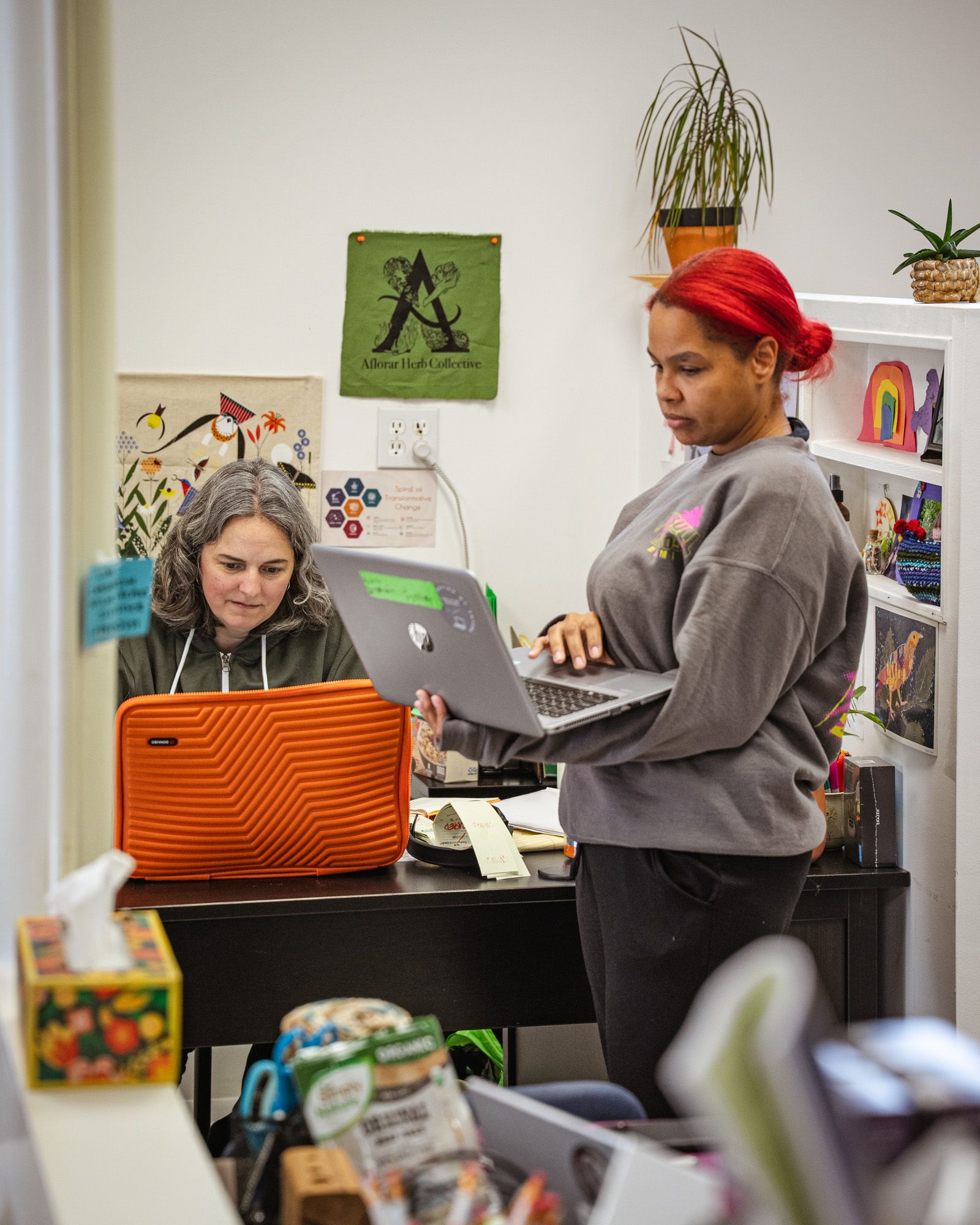
In a place called Moffitt Branch, neighbors rescued each other with ropes from the raging river as whole houses crashed through their neighborhood and apartment buildings were knocked loose from their foundations and swept into the water. In other neighborhoods, people used climbing gear and kayaks to escape and save neighbors. People swam, climbed, and hiked to safety. So many experienced horrific trauma, and many of our community members did not survive.
How did a conversation between neighbors transform into Swannanoa Communities Together?
In the immediate aftermath of the storm, it became clear that whole neighborhoods had been wiped off the map. In places like Avery Wood and Hourglass Lane, mobile homes had been swept away with all of the contents, and sometimes the residents, inside. Neighborhood groups sprang up to support each other in meeting basic needs - water, food, medicine, essential supplies. This happened all over the Swannanoa Valley.
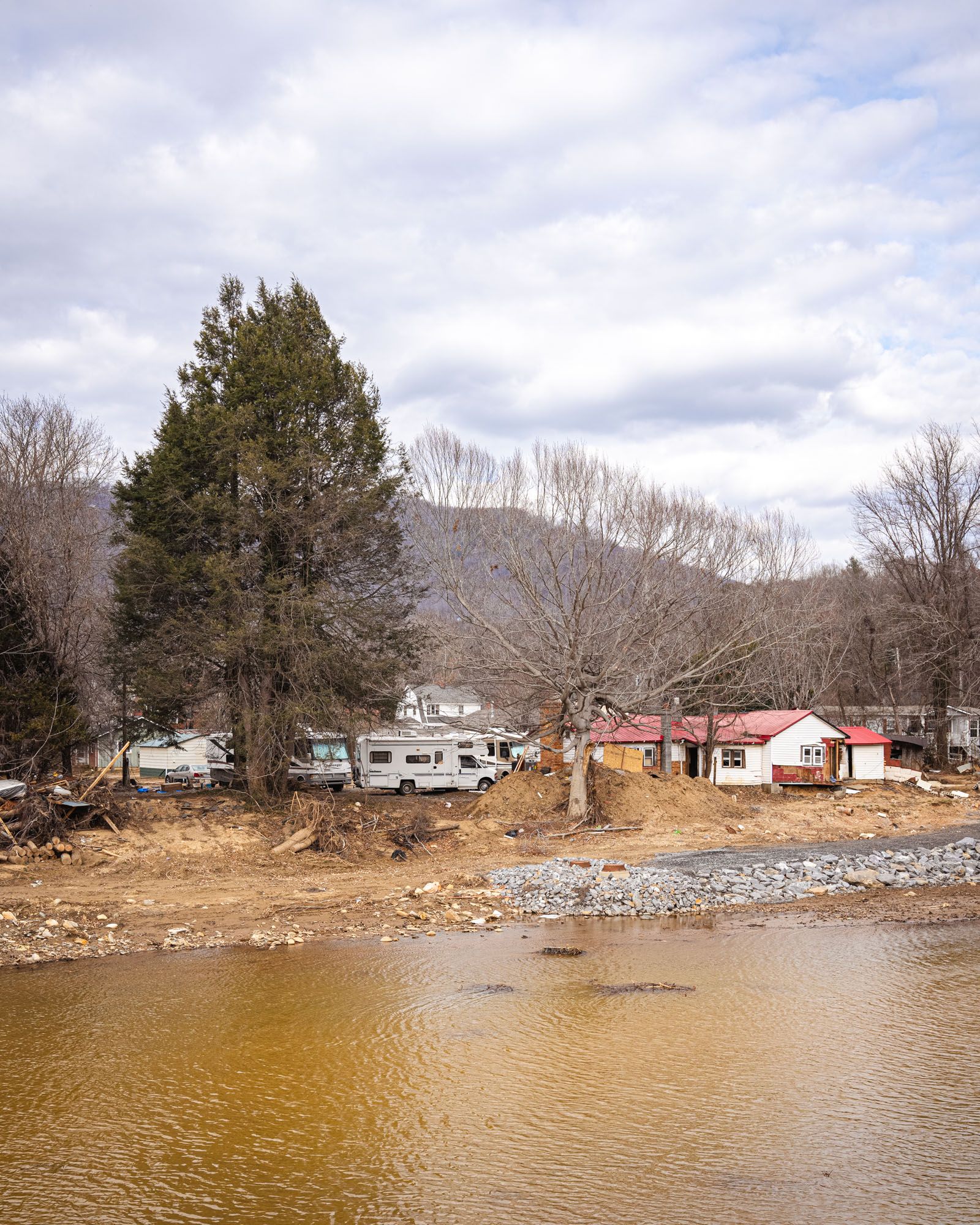
Slowly, we began to connect beyond our immediate neighborhoods - organizers from different neighborhoods began to connect and share resources and support. We shared the physical resources we had - money, generators, power banks, water, toilet paper, sanitizer, batteries, gas - but we also shared emotional support and bonded with each other as we navigated the trauma of the disaster.
We became "hurricane friends" - a close knit group of people working together to support our communities. This network slowly built out, connecting one small hub with another, while mutual aid efforts sprung up all over the valley.
For those of us who now form the core of SCT, one common thread was our commitment to making sure that no one was left out - especially people who were already marginalized before the storm. We noticed that people most at risk for not getting basic survival needs met - insulin and other medication, food, water, supplies, and care - were elders, people with disabilities, families living in poverty, immigrant families who were excluded from some services and resources, and others with little or no safety net.
We began to come together around the idea of all of us supporting each other, showing up for each other, making sure no one was left out, and working together to shape the future of Swannanoa.
How did the formation of SCT help the members of the organization and the surrounding community cope in the direct aftermath of Hurricane Helene?
We supported each other with essential material aid - the basic things needed to survive - and also with community. The emotional support people gave each other by listening to each other's stories, holding each other, crying together, and working together to get things done in our neighborhoods and communities was as important as the material ways we supported each other.
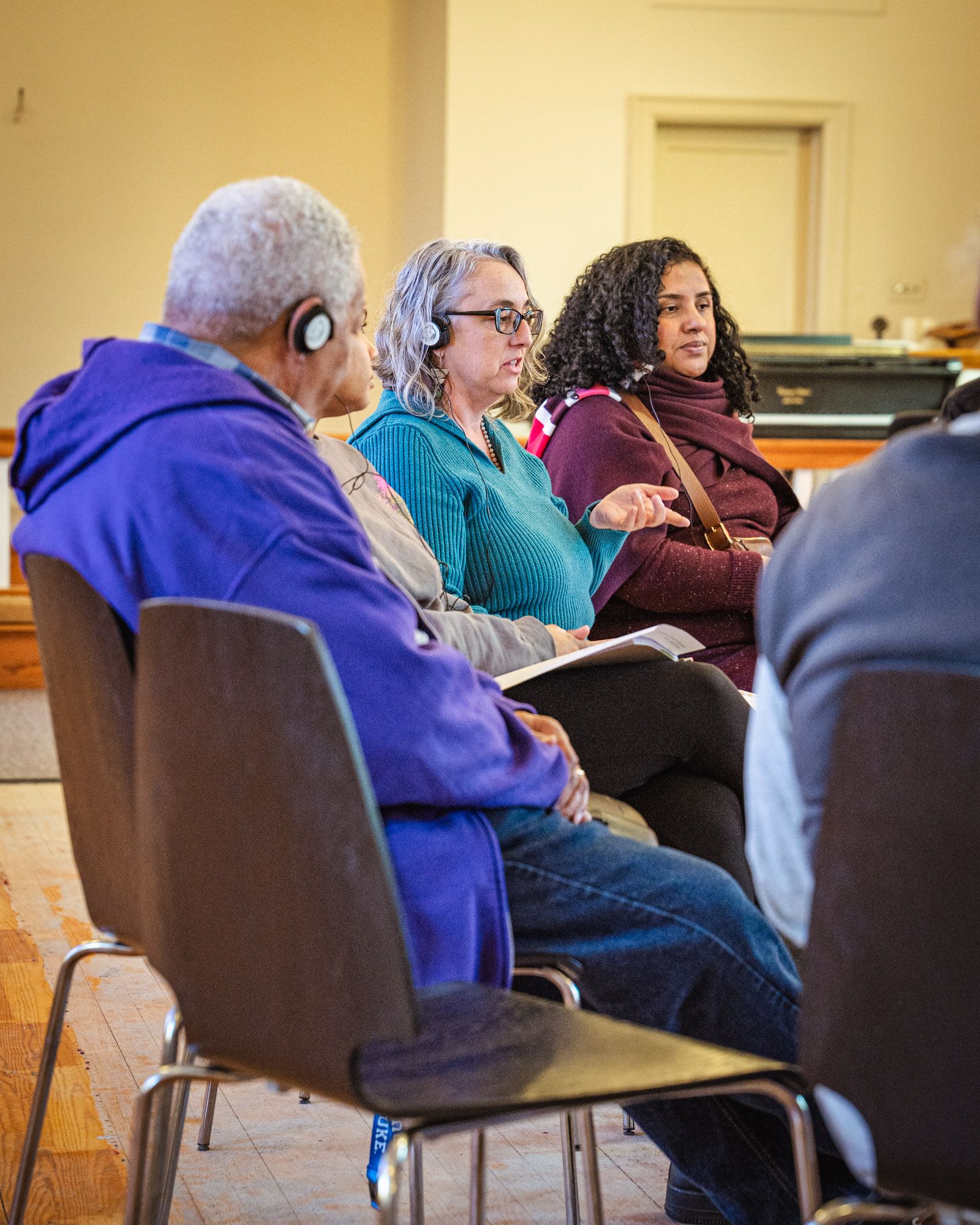
People shared well water, travelled back roads and across state lines to get prescriptions filled, siphoned gas to share, and cleared roads with chainsaws and farm equipment. We checked on each other, had each other's backs, and in many cases literally saved each other's lives.
Neighbors opened their homes as shelters to people who had lost their homes. People shared rides to evacuate and handed out cash when there was no way to pay for things electronically. This was how we coped in the immediate aftermath, and after the initial weeks, we kept supporting each other.
What are the greatest needs you're seeing in Swannanoa a few months post-Helene?
We are in the middle of a second catastrophe - a housing and homelessness disaster. The Swannanoa Valley was the epicenter of housing loss in Helene. Hundreds of families were immediately displaced. Some of those families have remained homeless or inadequately housed since the storm, others found short term solutions through friends, family, shelters, or FEMA.
Now those short term solutions are running out and families are living in their cars, in tents, in cold and leaky RVs, in tiny homes provided by churches and community groups, in damaged homes with no utilities, and in ruins of buildings destroyed by the flood.
We already had an extreme shortage of housing in the area around Asheville, and now there are hundreds of fewer residential units due to the destruction of the storm. Every day, families arrive at our Community Center seeking emergency shelter, often with children and elders with nowhere to live.
We have had an unusually cold winter, and as the housing crisis continues to escalate, the need for propane heaters has gone through the roof. Because of the economic impact of the storm (lost jobs, businesses destroyed, missed work during weeks of crisis) even families who did not have home loss or severe home damage are now facing eviction and displacement.
These two waves of displacement are combining into a housing crisis that is nothing like we have ever seen in the Swannanoa Valley. Hundreds of families are in need of financial assistance to pay rent and heating bills, prevent eviction, and cover other basic needs. Many families displaced by the storm, particularly those who were renting before the storm, are in need of short term housing as FEMA vouchers expire and other hodgepodge solutions like couch surfing and doubling up run out.
How are you addressing the dire need for housing in your community?
We are raising money to pay for deposits and rent to help displaced families move into rental housing. We are matching families with landlords and advocating for families who face barriers (language, credit history, disability). We maintain a housing list with affordable rentals that we share with families and use to help families find homes. We are preventing evictions by paying rent. We are providing direct financial assistance to families to cover housing costs and helping families access the resources they are entitled to from FEMA. We are supporting families who are unsheltered or inadequately sheltered (in tents, cars, sheds, and damaged buildings) in getting into housing. For survivors of trauma, we find short-term housing where they can get back on their feet in a peaceful, safe, comfortable place as they figure out how to rebuild their lives. We are committed to doing this work with mutual respect, love, and community, always honoring the dignity of our neighbors who are going through the trauma of displacement.
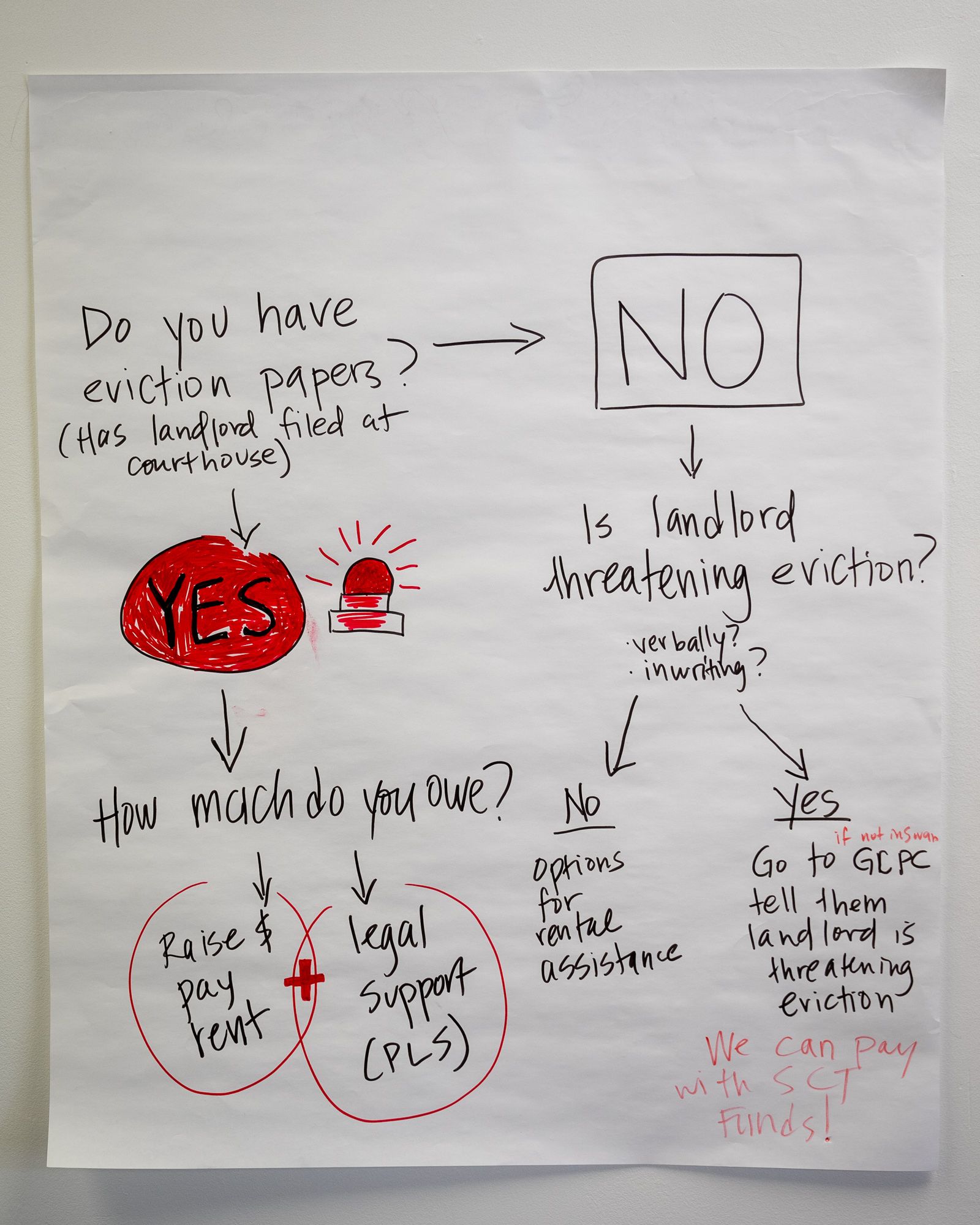
The money we are raising goes directly towards:
- Paying deposits and rent to help displaced families move into rental housing
- Matching families with landlords and advocating for families who face barriers (language, credit history, disability)
- Maintaining a housing list with affordable rentals that we share with families and use to help families find homes
- Preventing evictions by paying rent
- Providing direct financial assistance to families to cover housing costs and helping families access the resources they are entitled to from FEMA
- Supporting families who are unsheltered or inadequately sheltered (in tents, cars, sheds, and damaged buildings) in getting into housing
For survivors of trauma, we find short-term housing where they can get back on their feet in a peaceful, safe, comfortable place as they figure out how to rebuild their lives.
We are committed to doing this work with mutual respect, love, and community, always honoring the dignity of our neighbors who are going through the trauma of displacement.
Recovery and rebuilding in WNC is going to take years. What are your goals for aiding those efforts in 2025 and beyond?
Our biggest goal is to make sure that everyone who wants to have a voice in the future of the Swannanoa Valley can be a part of rebuilding together. We believe that it takes intentional work - organizing, advocating, and building relationships - to create truly inclusive and equitable public processes, and we are doing that work as we go. We are committed to building relationships across communities, and finding creative ways to support each other and work together.
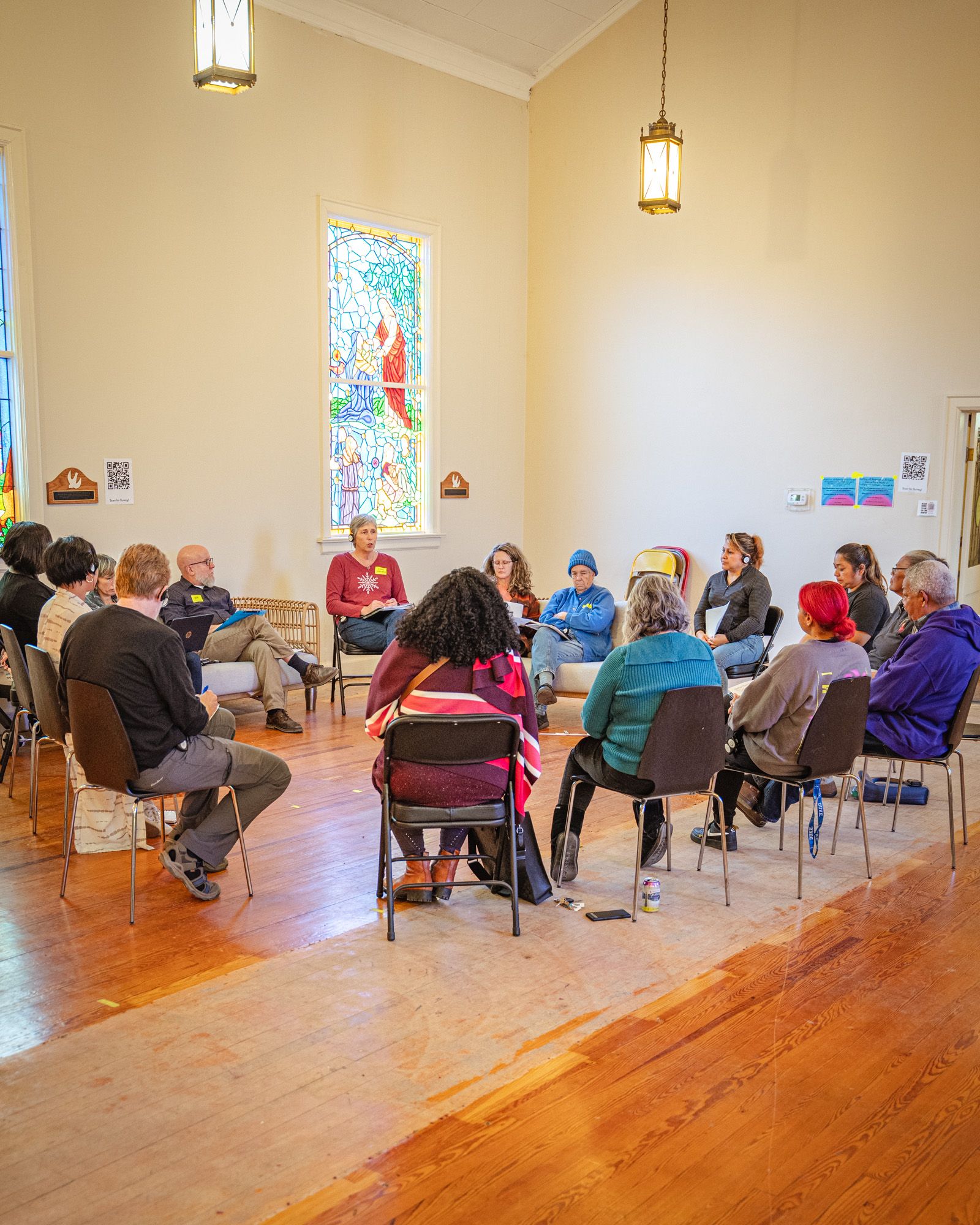
Our goal is to expand the conversation to include neighborhoods and groups of people who are often (and already) excluded from decision-making. If we are invited into a space, we "roll deep" with neighbors and friends from all over the Valley, as a multiracial, multilingual crew.
We work to make sure that there are not barriers to participation - for example that Spanish interpretation is available and that people are not being left out due to structural racism and bias. We do this by advocating with landlords, in public spaces, and with elected officials, and by showing up as a diverse, united, multiracial, multilingual team.
How can individuals locally and around the country get involved and aid in your work?
Our biggest needs are: sharing our story and sharing financial resources.
Financial support is critical now as we build a new organization from scratch in the middle of the literal and emotional debris of Helene, and as we work to protect our neighbors from further trauma and displacement.
